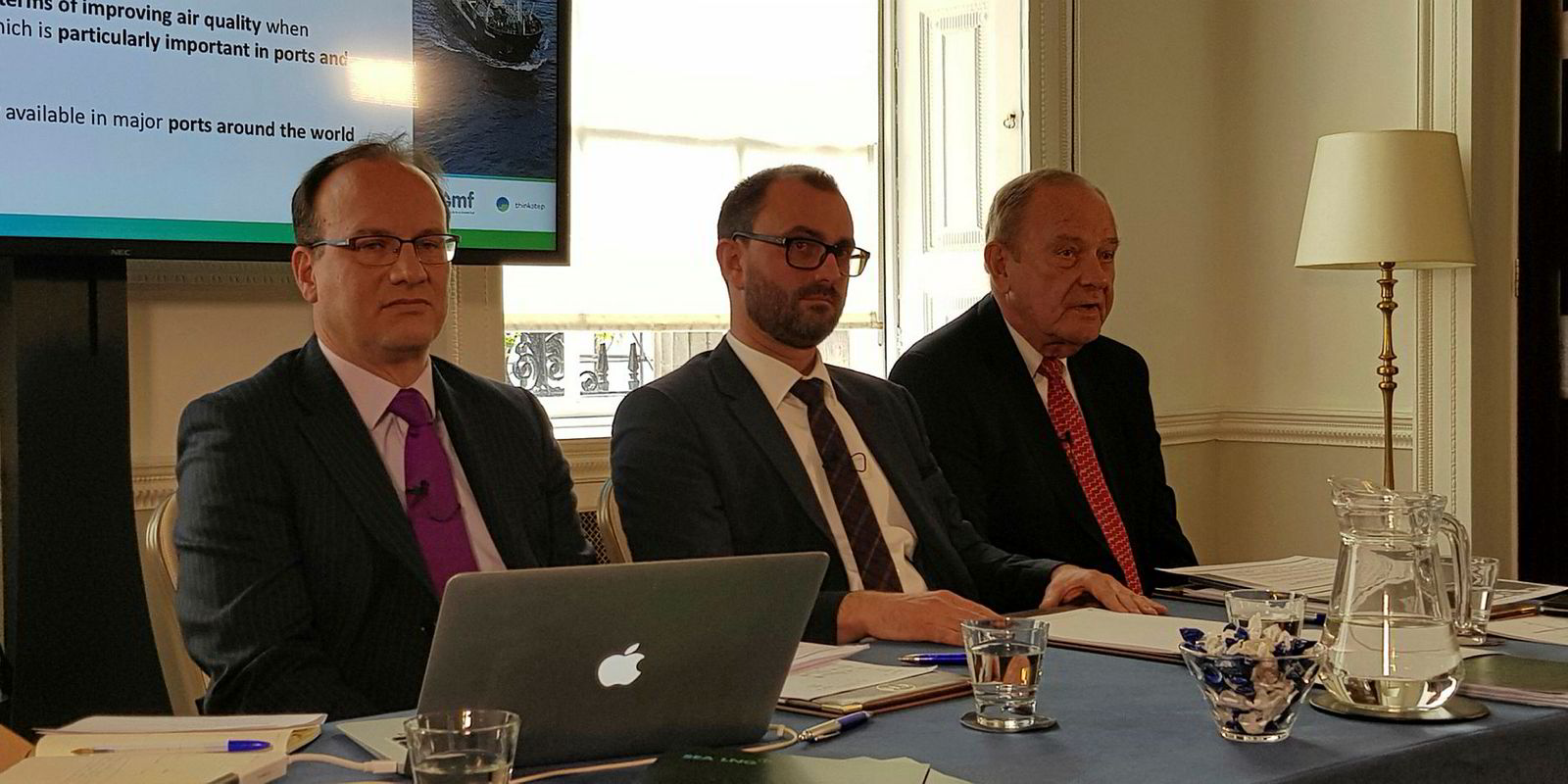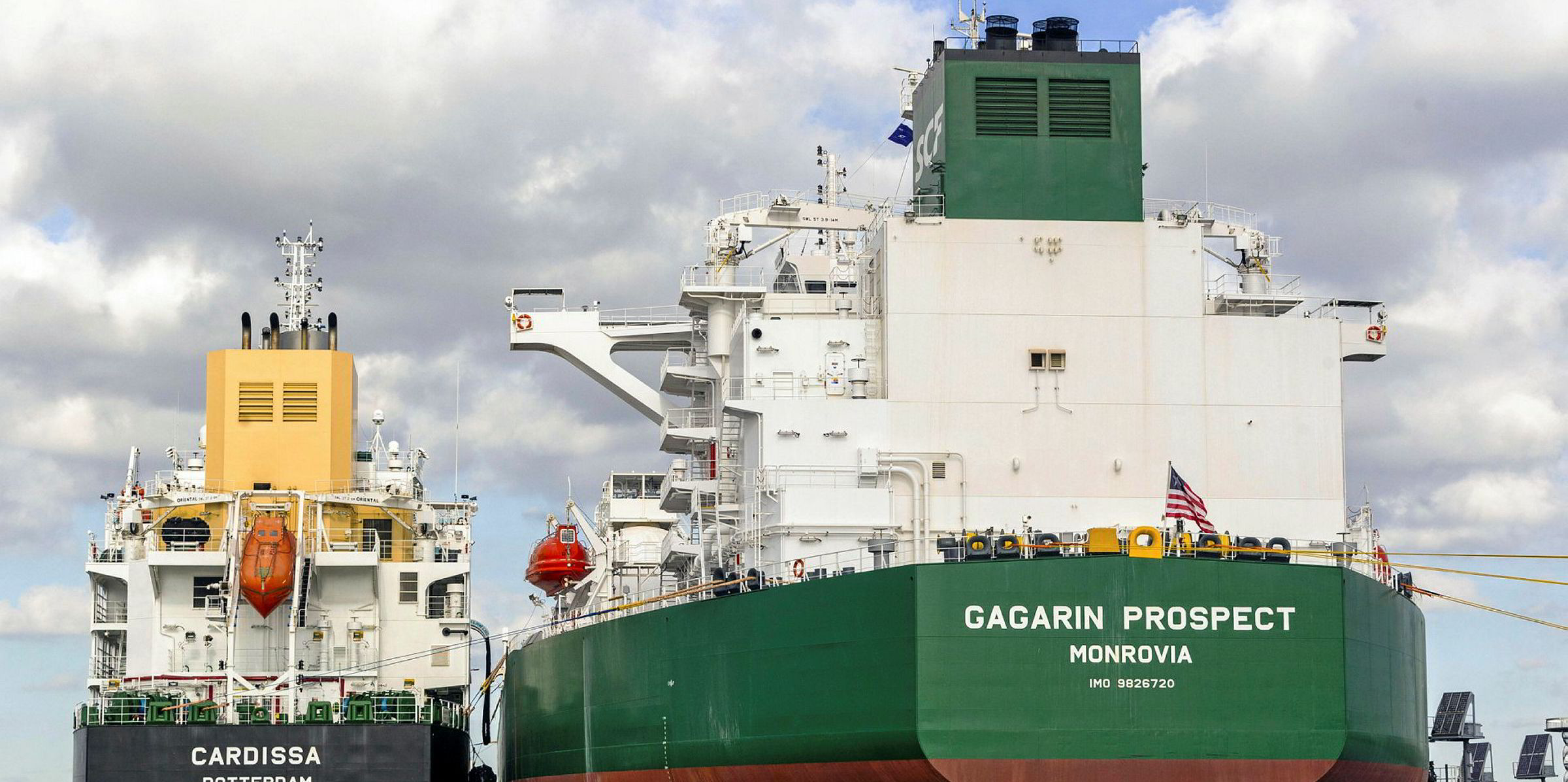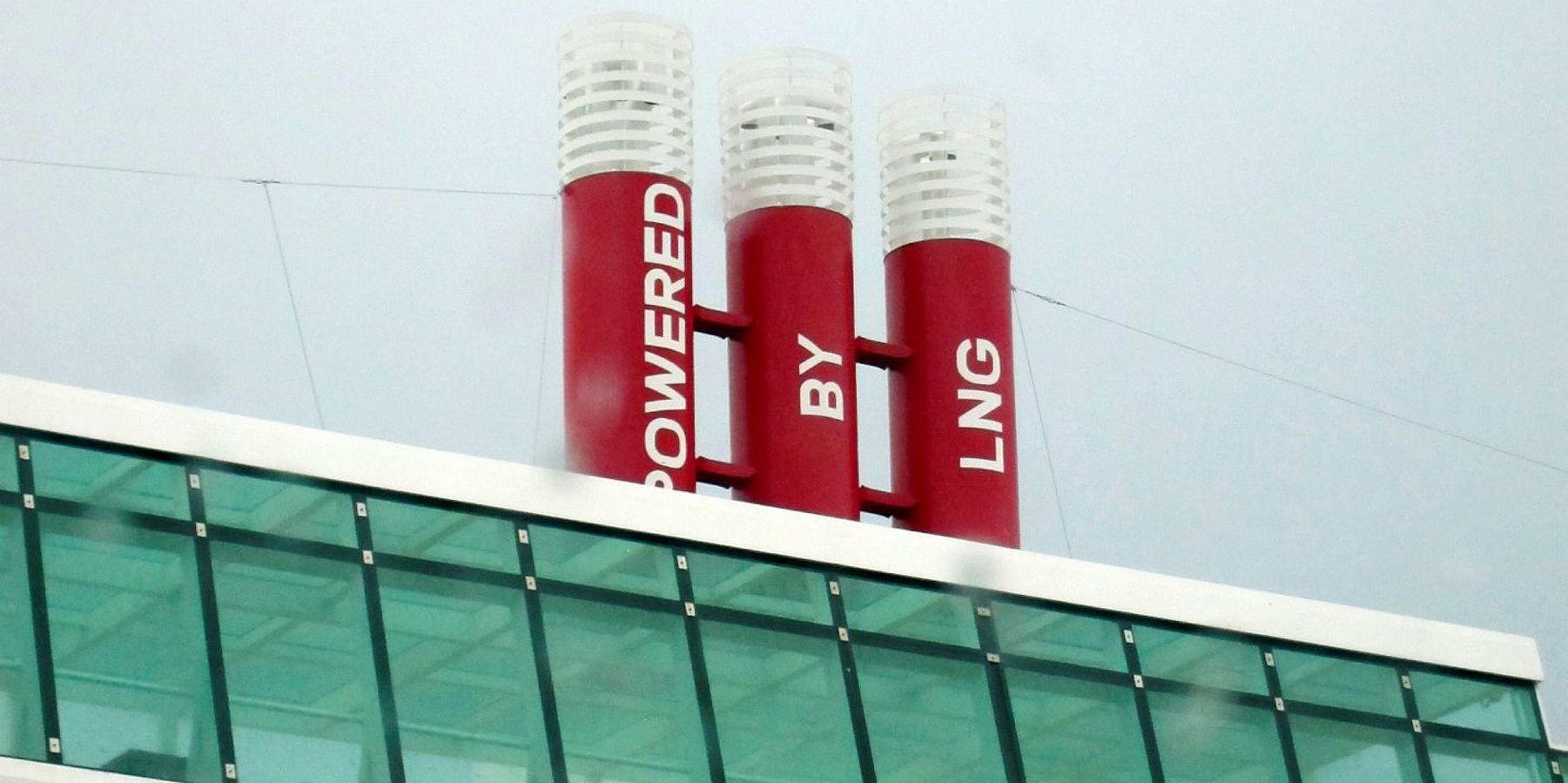Industry coalition SEA\LNG and the Society for Gas as a Marine Fuel (SGMF) faced questions about the relevance of their newly commissioned "well-to-wake" study launched last week, which details that using LNG as a marine fuel can cut shipping's greenhouse-gas emissions by up to 21%.
The 168-page report, entitled The Life Cycle GHG Emission Study, was conducted by independent consultancy firm thinkstep and looked at the entire chain from gas production to burning the product in the engine.
The study showed that the emissions reduction benefits for LNG-fuelled engines compared with those running on heavy fuel oil today are between 14% and 21% for two-stroke, slow-speed engines, and 7% and 15% for four-stroke, medium-speed engines.
The two bodies said the study, which was independently reviewed, also confirms that emissions of other local pollutants, such as SOx, NOx and particulate matter, are close to zero when using LNG compared with current conventional oil-based marine fuels.
At a London briefing on the report, representatives from SEA\LNG and thinkstep were asked if the companies were going to look at operational data to get emissions profiles for different ship types and whether the data supplied by engine and equipment manufacturers could be trusted.
SEA\LNG chairman Peter Keller justified the focus on the engine manufacturer’s data used in the study by saying that the ship’s engine is the key polluting factor.
“We are not going to go onboard the vessels,” Keller said. “But we are going to encourage our members to do studies and make sure those are consistent with what we are doing here.”
Consistent data
Keller claims the data supplied by the engine manufacturers is consistent, saying he has checked it against his own TOTE vessels, which he claims are performing better than the theoretical figures show.
The results from the different engine manufacturers were averaged to produce a range for the two-stroke and four-stroke engine types.
SEA\LNG general manager Steve Esau said anonymity was a condition on which the study was done.
Speaking about the study, Oliver Schuller, thinkstep's team leader in energy oil and gas, said it was a challenge working with two associations that have a combined total of 160 members.
He said the work was “quite complex” looking at both the engine and supply-side data. But he added that, as a consultant, the company felt there was a great deal of commitment from the two bodies and their members.
'Pathway' to 2050
Keller said SEA\LNG will now take the study information plus its investment cases — the body has produced one for a boxship and is doing another for a ro-ro vessel — to develop what he terms “a pathway” to the IMO’s 2050 emissions targets.
This will look at other possibilities such as synthetic and bio-LNG, along with other technologies.
Keller acknowledged that LNG is not the sole answer to meeting the 2050 target. But he said: “We do know that LNG will solve the air-quality issues and move us down the road in a positive direction with regard to emissions.”







